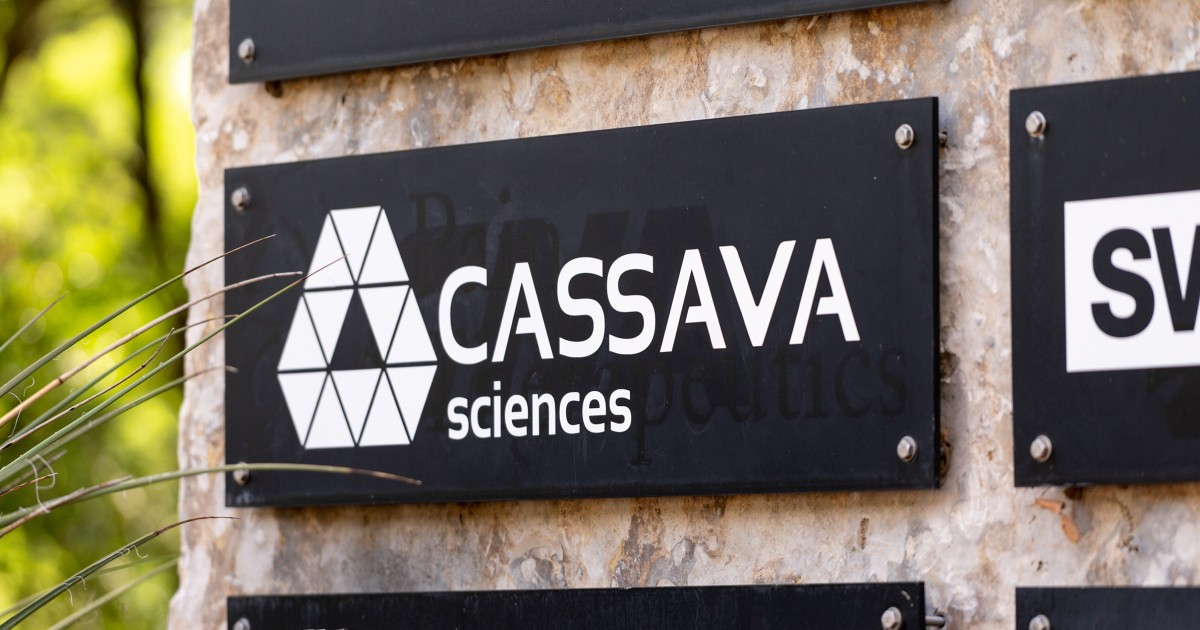
The Summary
- A neuroscientist whose work helped pave the way for an Alzheimer’s drug candidate was indicted on charges of fraud.
- The charges are related to the alleged fabrication of research images and data that the scientist may have used to secure grants.
- The manipulation of research images is a growing concern in the scientific community.
A neuroscientist whose work helped pave the way for an Alzheimer’s drug candidate was indicted by a federal grand jury on Thursday on charges of fraud.
The indictment, announced Friday by the Justice Department, brings additional scrutiny to the work of Hoau-Yan Wang, who has had multiple studies retracted and faced an investigation by the City University of New York, his employer, that was later halted.
The charges in the indictment are related to the alleged fabrication of research images and data that Wang may have used to secure federal grants from the National Institutes of Health.
Wang, a medical professor at the City University of New York, collaborated with Cassava Sciences, a pharmaceutical company based in Austin, Texas, as it investigated an Alzheimer’s drug candidate called simufilam. He was awarded some $16 million in grants for early-stage drug development in collaboration with Cassava, according to the indictment.
The indictment charges Wang with one count of fraud against the United States, two counts of wire fraud and one count of false statements. It accuses Wang of manipulating or adding to images of Western blots, a laboratory method that researchers use to identify proteins, in order to bolster evidence and help secure grants.
The indictment also suggests that Wang may have lied to scientific journals to substantiate his research, which contributed to the early development of simufilam.
The drug is currently in a late-stage clinical trial, and some 735 patients had participated as of May 2024, according to a news release from Cassava last month.
Wang did not immediately respond to a request for comment. In 2023, he told The Wall Street Journal that a CUNY investigation made “no conclusive findings of data manipulation, consistent with what I’ve been saying for two years.”
Cassava said in a release on Friday that Wang had not participated in its most recent trial.
In a news release, the company said: “Wang’s work under these grants was related to the early development phases of the Company’s drug candidate and diagnostic test and how these were intended to work.”
Cassava added that Wang “had no involvement in the Company’s Phase 3 clinical trials of simufilam.”
A Cassava spokesperson also pointed to a news release the company issued September 2023, which said academic researchers outside of CUNY had found evidence that the drug could affect signaling pathways with suspected involvement in Alzheimer’s.
CUNY learned of the indictment on Friday, a spokesperson said in an email, adding: “The University has and will continue to cooperate to the fullest degree with the federal government’s investigation until the matter is resolved.”
The indictment doesn’t specifically name the university, drug or company, listing them instead as “University 1,” “Drug A” and “Company 1,” respectively.
Still, Cassava’s shares fell nearly 35% on Friday in a rapid plunge that triggered multiple trading halts.
Overall, the manipulation of research images and the handling of allegations of research misconduct is a growing concern in the scientific community.
The issue gained particular attention last summer, when then-Stanford President Marc Tessier-Lavigne stepped down from his post after allegations arose that images had been manipulated within his lab. Tessier-Lavigne said he never submitted papers he didn’t think were accurate and noted that a panel investigating his work did not find that he knew of misconduct within his lab.
Then in January, an amateur science sleuth made allegations of research image manipulation by top scientists at the Dana-Farber Cancer Institute, which led to subsequent retractions. Dana-Farber said it took decisive action to correct the scientific record.
Wang’s work has faced questioning for some time, as the journal Science has reported. The journal obtained a report by CUNY that found evidence suggesting research misconduct. The university halted its investigation after Science published the report.
Multiple journal articles on which Wang was an author have been retracted, according to the website Retraction Watch.






